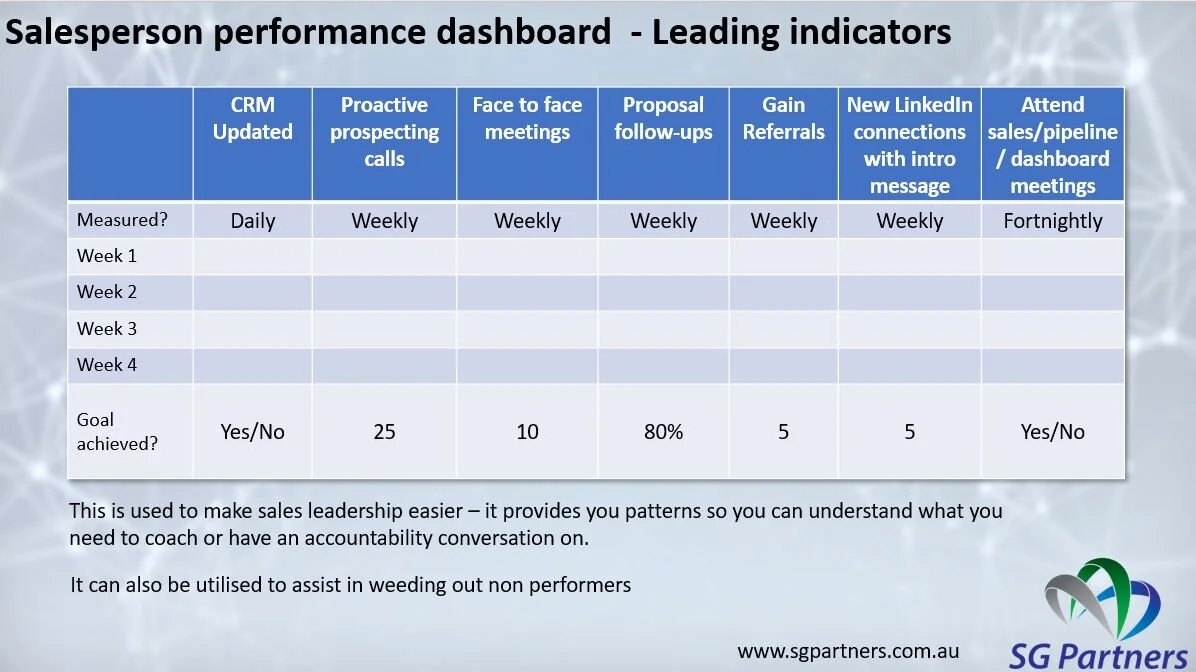It is time to get trained on creating and managing KPI’s and processes, and how to hold each salesperson accountable to them. Before you ask, this is not a direct contradiction from, ‘be a mentor, not just a manager’ point. In fact, it directly relates: an army drill soldier can be both an authority figure and mentor, as a sales manager you can too!
4. Find out what drives them
Knowing what drives your team and how to reward them correctly could make all the difference. Consider this, in 2007, 54% of the sales force were Extrinsically Motivated, by 2011, this dropped down to just 27%. In 2017, from the most recent 350,000 salespeople assessed, that percentage dropped an additional 70% to just 8%. The shift from Extrinsically (money based) to Intrinsically Motivated (internal reward based) renders commission based bonus-plans a thing of the past.
5. Have an ideal client profile memorised
If you don’t already have one, this is a sheet/checklist that defines your company’s ideal client attributes. Think in terms of size, industry, buying habits, budget, business alignments and situation factors; the list goes on. Once decided, each member of your sales team should be held accountable for memorising this profile thus be able to identify the essential qualities before conducting any business. Align your pursuit of new business with this profile. Over time, as the business grows or changes, so should the ideal client.
6. Finally, commence sales team training NOW!
Sales have moved on from features and benefits selling. It's changed from ABC – Always Be Closing. It has changed from SPIN – why? Well, guess what, your clients/buyers have moved on and changed, so shouldn’t your team too? I got some questions for you:
Is your sales team selling like they were five years ago?
Using the same show-up and throw-up routine?
STILL meeting/talking to the same level of people they have always done and are comfortable with?
Still believe rapport building is talking about sports for 30 minutes?
If you do not know the answers to these questions – perhaps you should be worried. Answering "Yes" to these questions – you should be worried! Finally, if you were thinking, “What's the problem?” - you're obviously not worried but you SHOULD be terrified! How many will you implement?




























